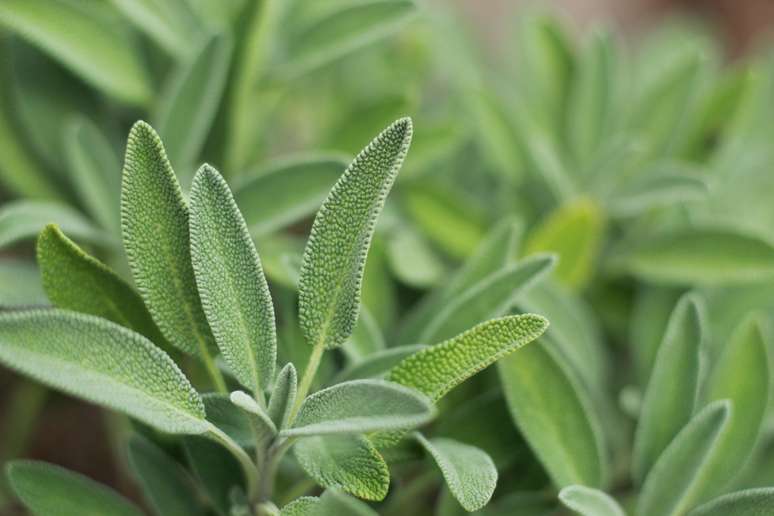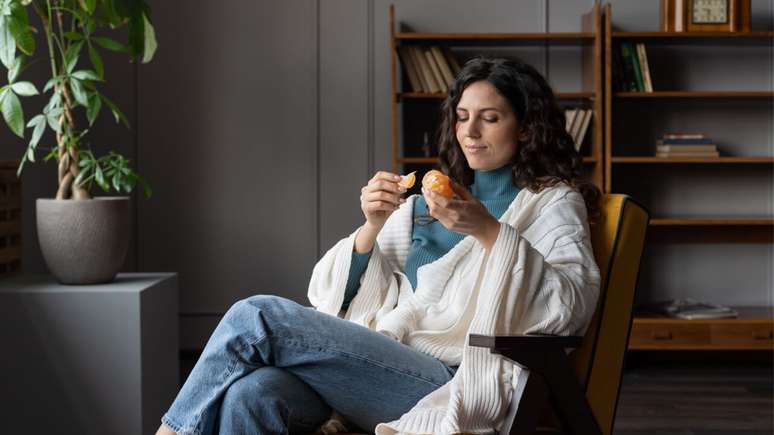Consult a guide with what you need to know to have and care for this plant that attracts positive energy
html[data-range=”xlarge”] figure image img.img-765a9fb1cad5acfa37507c40ba9e2d8bionml26a { width: 774px; height: 968px; }HTML[data-range=”large”] figure image img.img-765a9fb1cad5acfa37507c40ba9e2d8bionml26a { width: 548px; height: 685px; }HTML[data-range=”small”] figure image img.img-765a9fb1cad5acfa37507c40ba9e2d8bionml26a, html[data-range=”medium”] figure image img.img-765a9fb1cad5acfa37507c40ba9e2d8bionml26a { width: 564px; height: 705px; }HTML[data-range=”small”] .article__image-embed, html[data-range=”medium”] .article__image-embed {width: 564px; margin: 0 automatic 30px; }
What is lucky bamboo and what does it mean for your home
Despite the name, the Lucky bamboo -Also known as Dracaena sanderiana or “Lucky Bamboo” in English – is a plant with a thick stem, resembling a bamboo. In oriental culture it represents the new beginnings and is usually given at the beginning of the year, when someone gets married, when a child is born or when someone gets a new job.
How to plant lucky bamboo
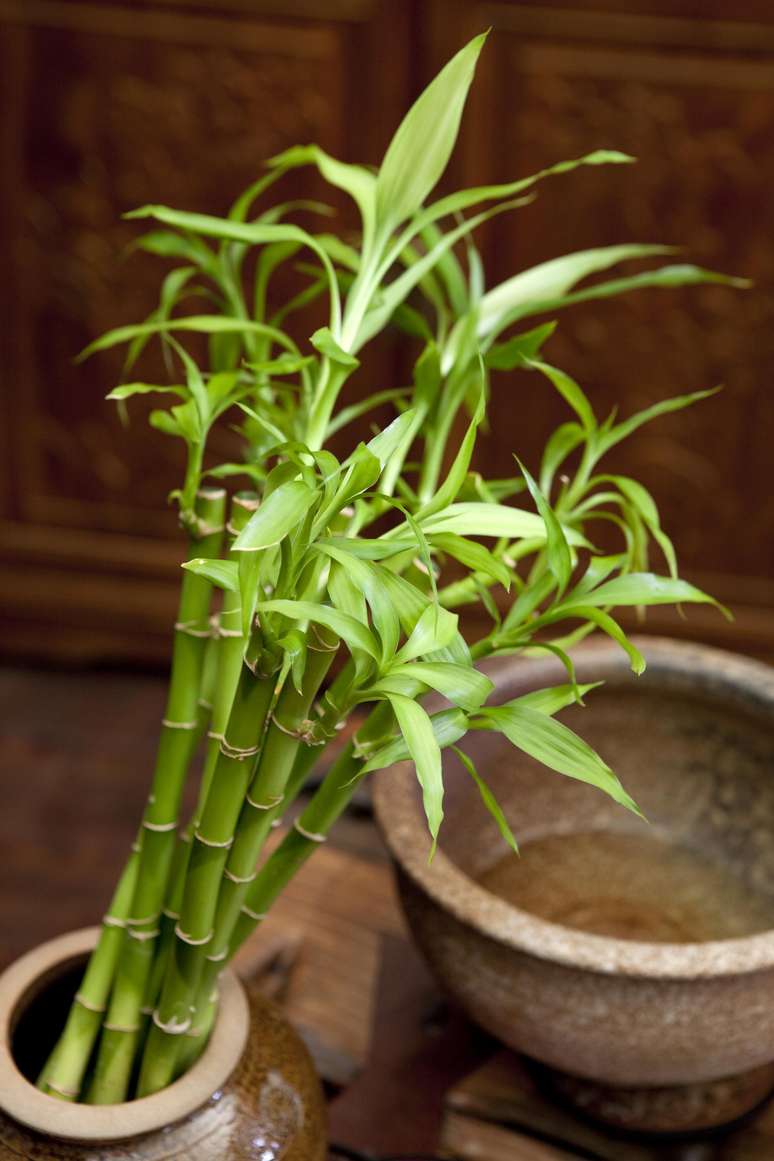
According to landscape designer Rayra Lira, from J Lira Green Lifelucky bamboo is a resistant plant that requires little maintenancebut it still requires basic care to grow well.
Check out a step-by-step guide to planting lucky bamboo here, brought to you by the landscape designer
- Choose a container: Use a clear or decorative pot with a height appropriate for the number of stems you want to plant. Make sure the pot has a good drainage system.
- Choose the number of stems: The number of lucky bamboo stems can have different meanings (for example 2 for love, 3 for happiness, 5 for health), so choose how many stems you want based on the meaning you prefer.
- Add rocks or gravel: Place a layer of rocks or gravel in the bottom of the pot to improve drainage.
- Add Substrate: Use good quality houseplant soil. Make sure the soil is moist but not soggy.
- Plant the stems: Insert the bamboo stems into the soil. You can group several stems together in a pot or plant them separately.
How to care for lucky bamboo
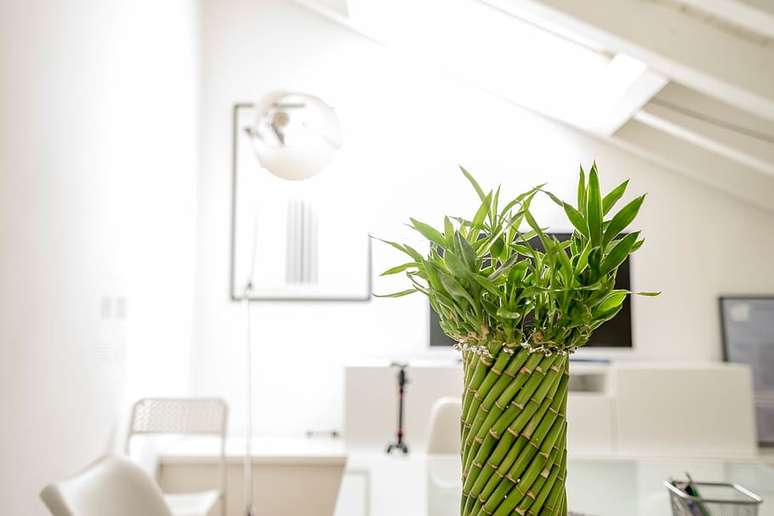
Irrigation of lucky bamboo
According to Rayra, the ideal is to keep the soil slightly moist, but not soggy. You should water when the top layer is dry to the touch. “Use filtered water or let tap water sit for a day before using it for irrigation, as chlorine and other chemicals in tap water can harm the plant,” he advises.
Light: Can lucky bamboo stay in the sun?
“Lucky bamboo prefers bright, indirect light, but can tolerate low light conditions. Avoid direct sunlight as it can burn the leaves,” explains Rayra.
Fertilization of lucky bamboo
You need to feed your lucky bamboo with a diluted balanced fertilizer every two months during the spring and summer. But be careful, warns the landscape designer: an excess of fertilizer can generate a harmful accumulation of salts in the soil.
Pruning lucky bamboo
“Lucky bamboo rarely needs pruning. If the leaves wilt or turn yellow, you can cut them at the base using clean scissors,” he comments.
Cleaning
You can remove dust and dirt from the leaves with a damp cloth or soft sponge.
How to Propagate Lucky Bamboo
“If you want to propagate lucky bamboo, you can cut a stem into multiple sections and plant them in separate pots. Make sure each section has at least one node, from which new shoots can grow,” says Rayra.
Tips for Planting and Growing Lucky Bamboo
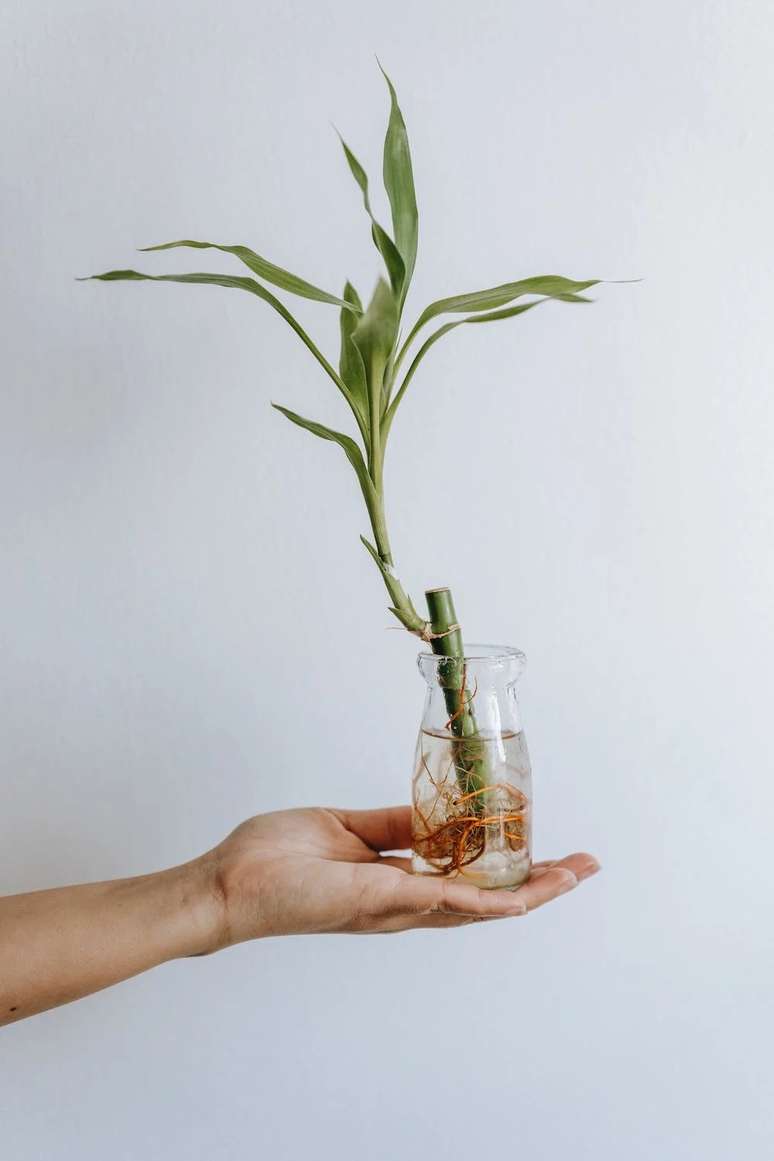
See below for the landscaper’s tips to help your lucky bamboo grow healthy and thrive:
- Rotation: Rotate the pot occasionally to ensure that all parts of the plant receive equal light. This will help keep the plant more uniform.
- Clean water: Use clean, chlorine-free water to water your lucky bamboo. If possible, let the water sit in an open container for a few hours before using it.
- Avoid drafts: Avoid placing lucky bamboo in places subject to cold drafts, as this could adversely affect the plant.
- Vase dimensions: If the plant outgrows the pot, you can replant it in a slightly larger pot. This is usually only necessary every few years as lucky bamboo grows slowly.
- Pest Monitoring: Although lucky bamboo is resistant to pests, it is always a good idea to keep an eye out for possible mite or mealybug infestations. If you notice any problems, treat the plant immediately.
Attention!
Keep it out of reach of pets: Lucky bamboo is not toxic to humans but can be toxic to pets if consumed. Keep it in a place where your pets can’t reach it.
Source: Terra
Ben Stock is a lifestyle journalist and author at Gossipify. He writes about topics such as health, wellness, travel, food and home decor. He provides practical advice and inspiration to improve well-being, keeps readers up to date with latest lifestyle news and trends, known for his engaging writing style, in-depth analysis and unique perspectives.


